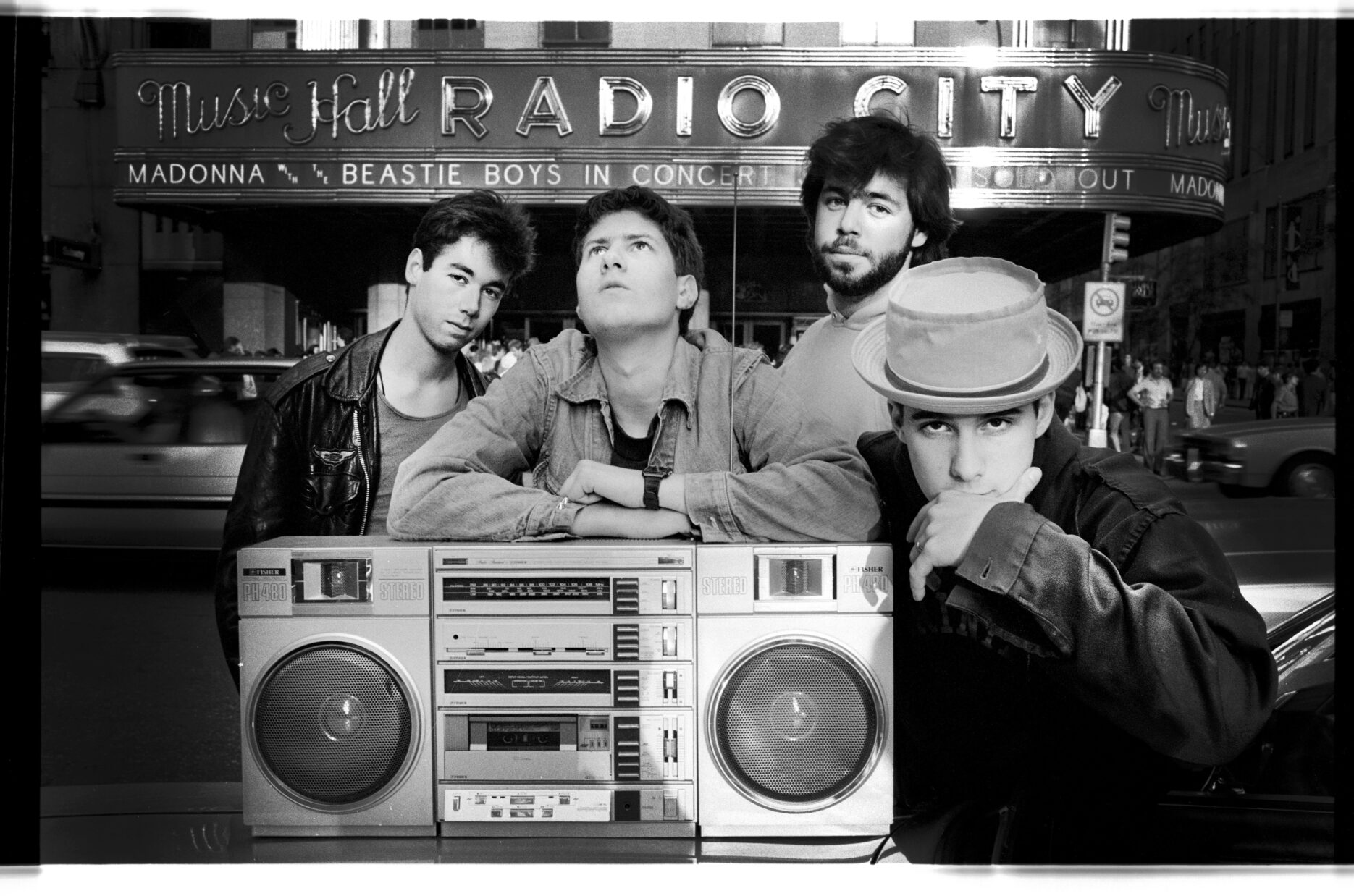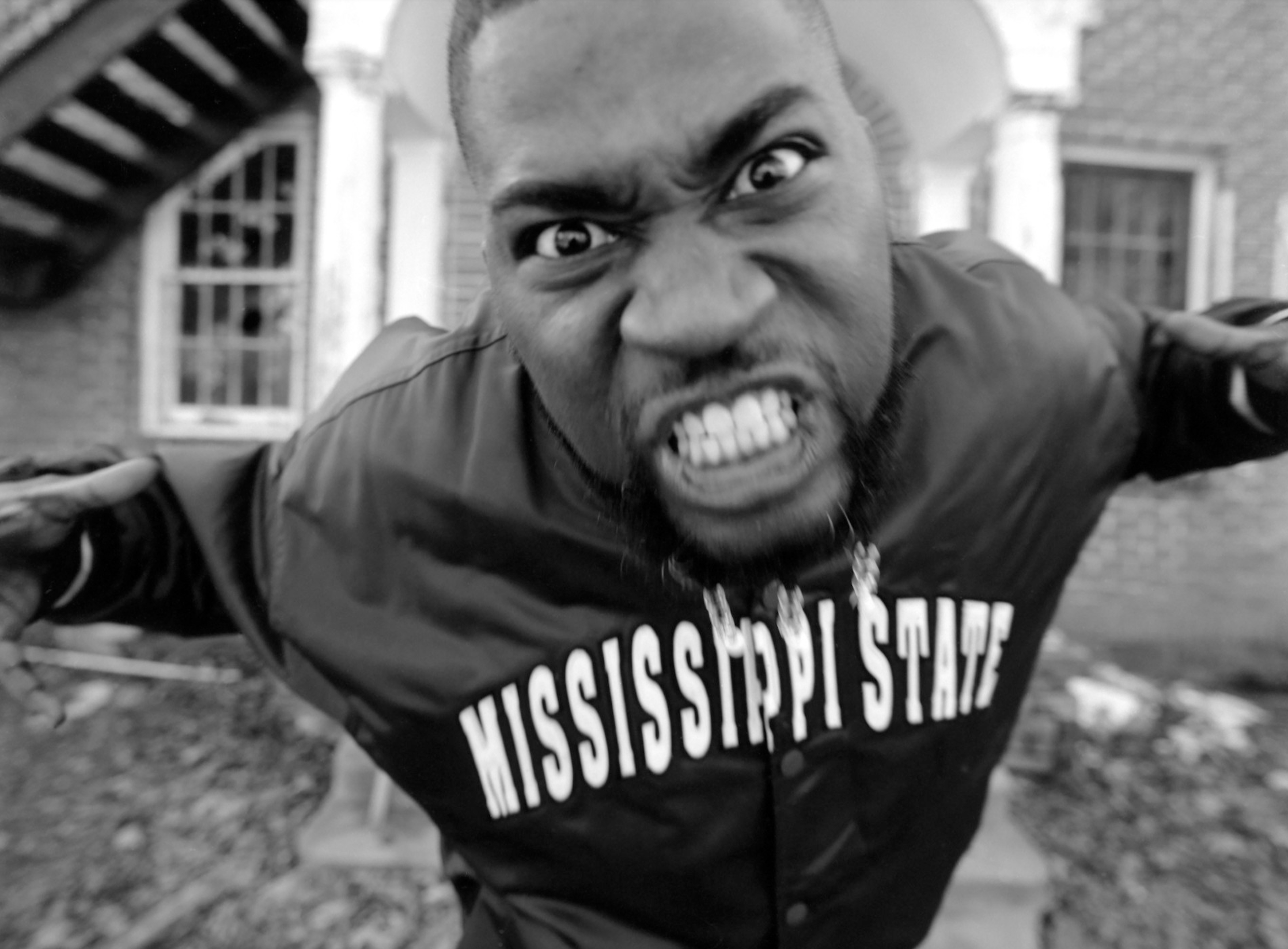
HHip-hop, born in the Bronx in the 1970s, has become a global cultural phenomenon. It is more than just music; it became a platform for marginalized voices and political expression. Communities used it to reclaim space and identity. DJ Kool Herc’s early block parties laid the foundation, and hip-hop quickly expanded, driven by DJing, breakdancing, graffiti, and rapping.
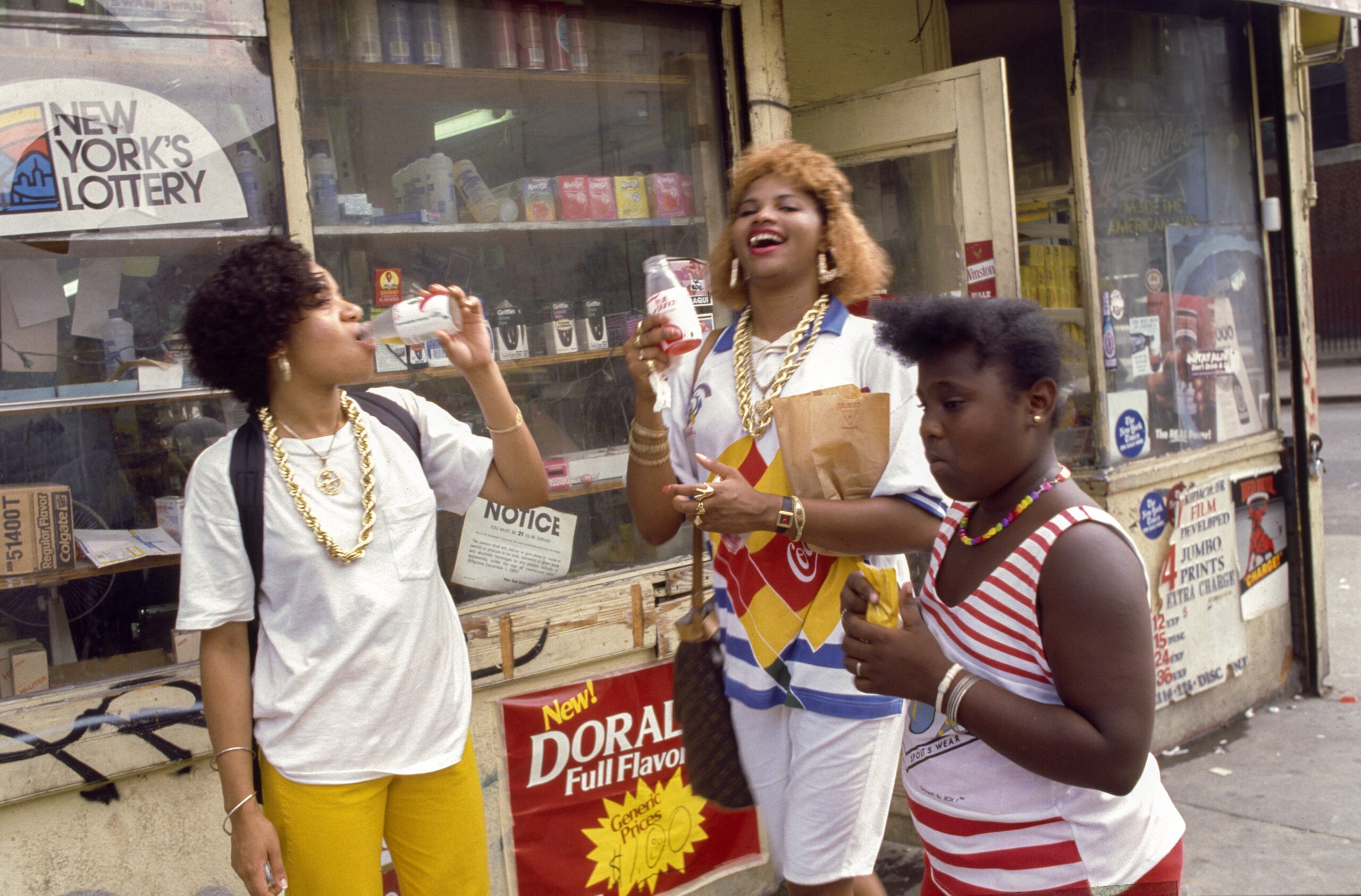
As hip-hop evolved, it impacted cultures worldwide, including Germany, where it found a unique voice. German teens in the 1980s connected with the movement, even though they were far from the Bronx. The post-war generation, living with the remnants of a fractured past, embraced hip-hop’s colorful rebellion against monotony and oppression. Films like Beat Street and Wild Style opened doors for German youth, who began creating their own scenes through graffiti, DJing, and rap.

By the 1990s, Deutschrap, the German adaptation of hip-hop, experienced its first major boom, with Hamburg and Stuttgart emerging as creative hubs. For example, acts like Dynamite Deluxe and Massive Töne not only refined their craft but also made the German language often seen as stiff and formal sound cool within the context of rap. As the years progressed, Deutschrap evolved, moving from underground scenes to stadiums, solidifying its place in Germany’s mainstream culture. Today, hip-hop in Germany has its own stars, festivals, and identity, reflecting the nation’s diverse population and embracing issues of race, migration, and class.
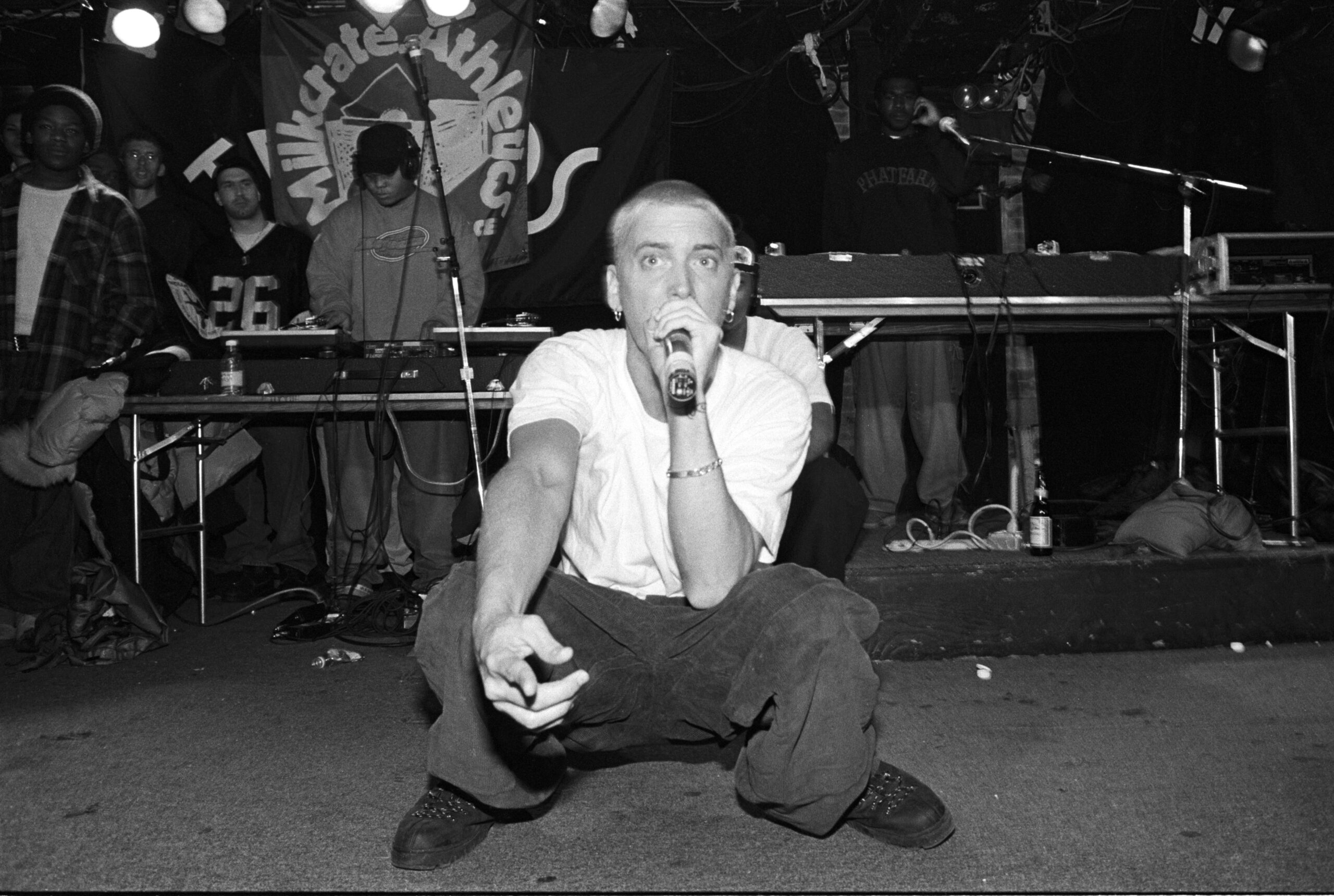
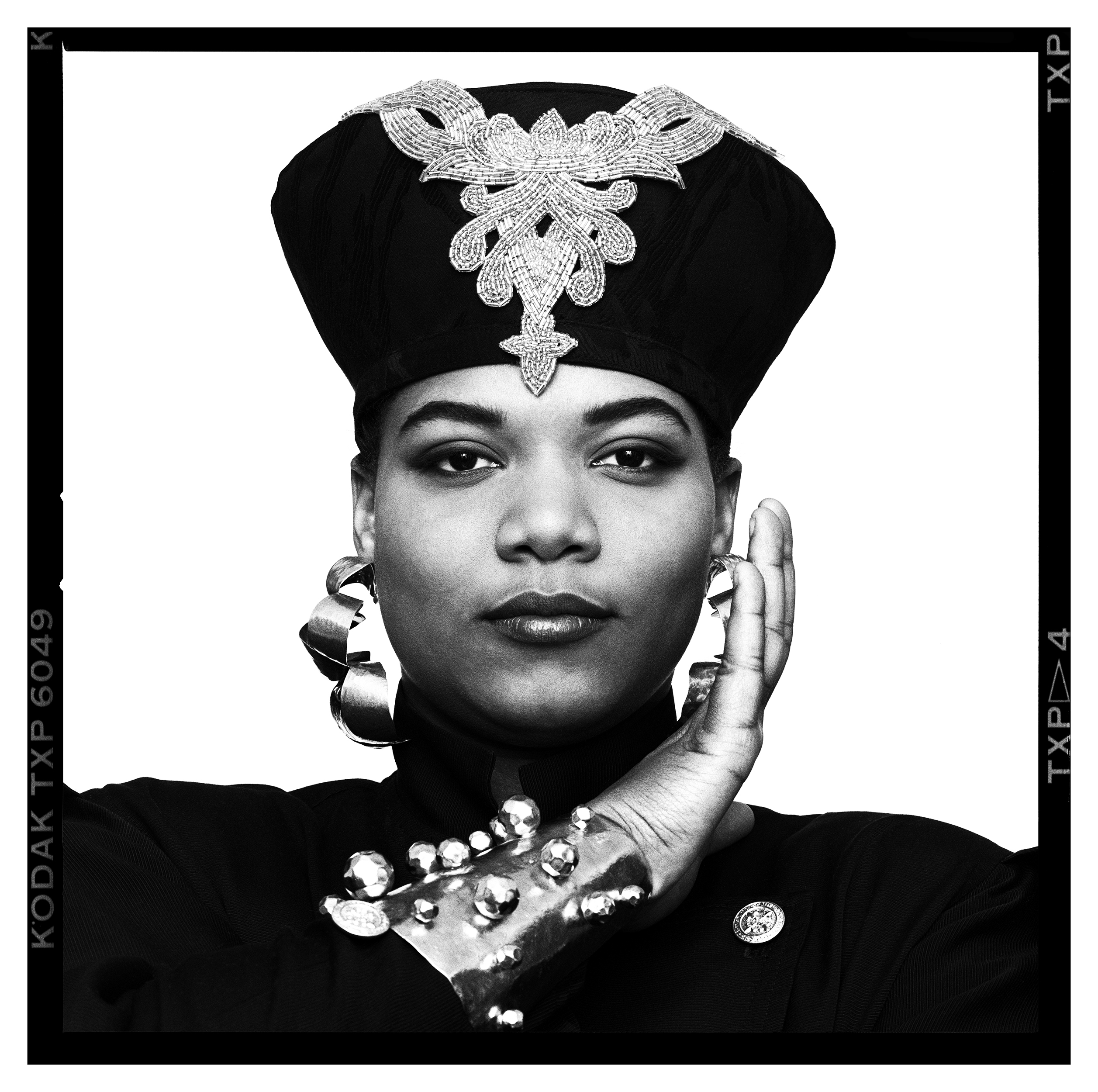


Hip-hop remains an essential force of cultural dialogue, celebrating empowerment and community-building. Its ability to adapt and flourish in new environments, like Germany, exemplifies its enduring relevance across borders and generations.
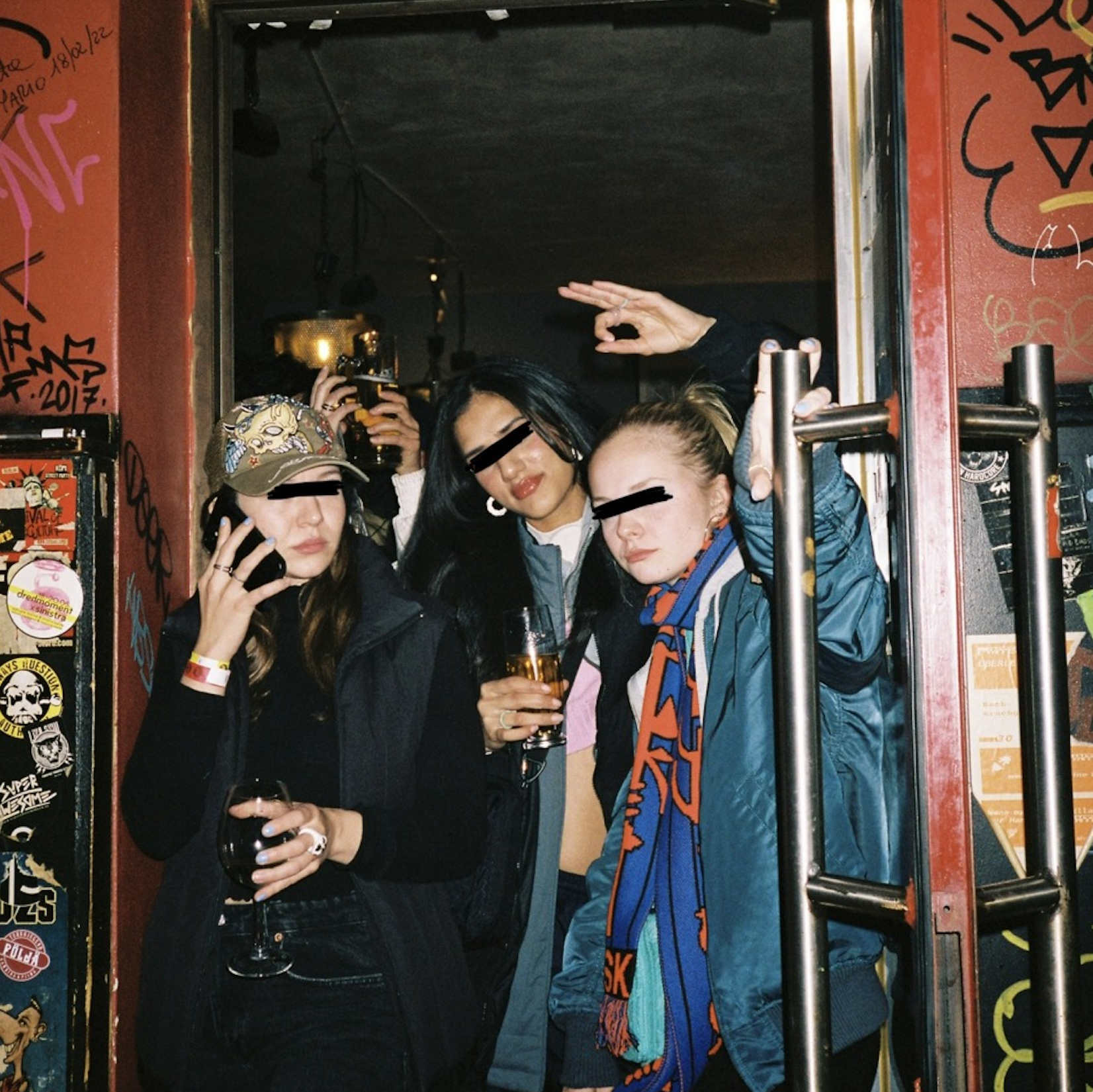
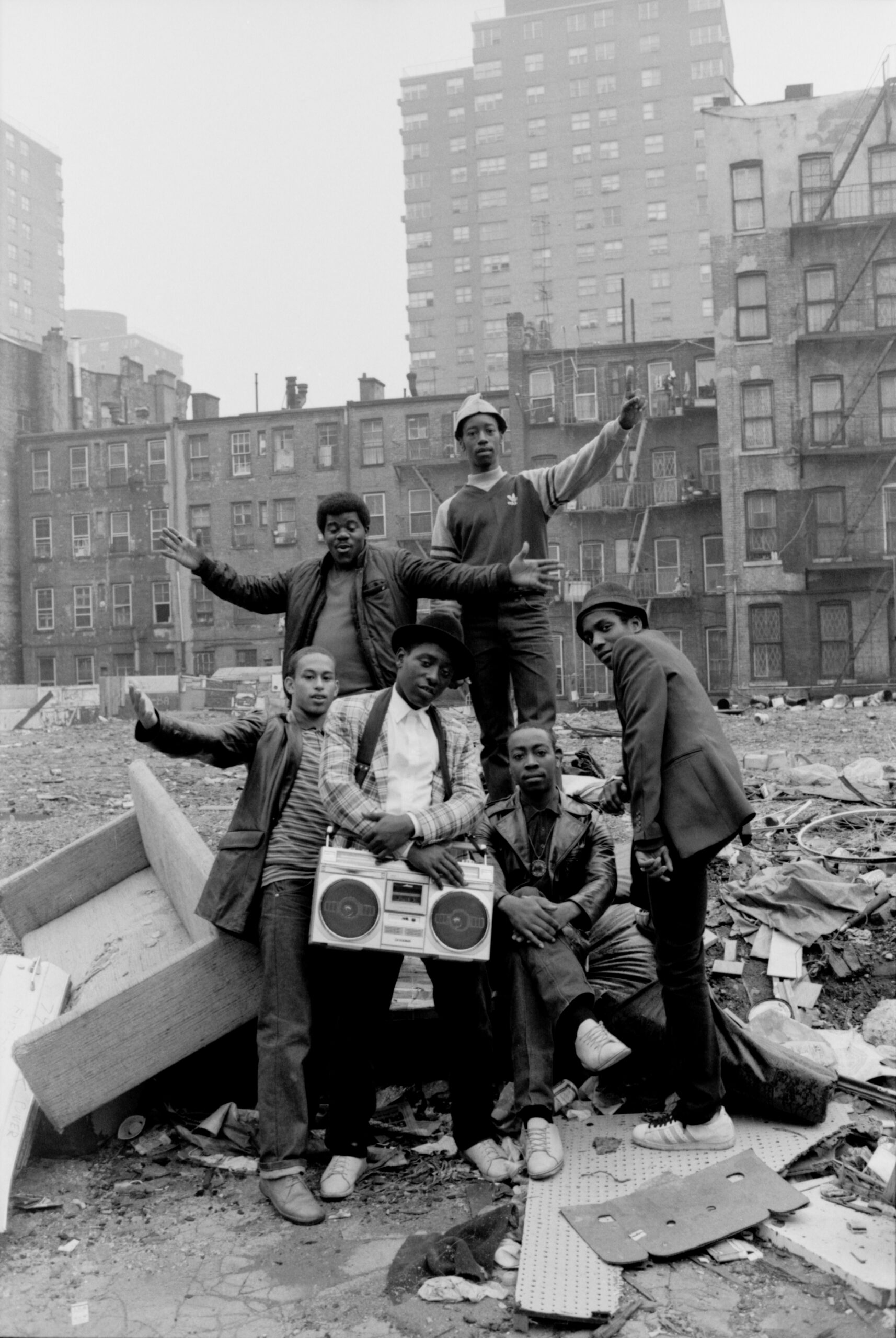
—-
More music content -> Click here
Get our latest print 350page + book




